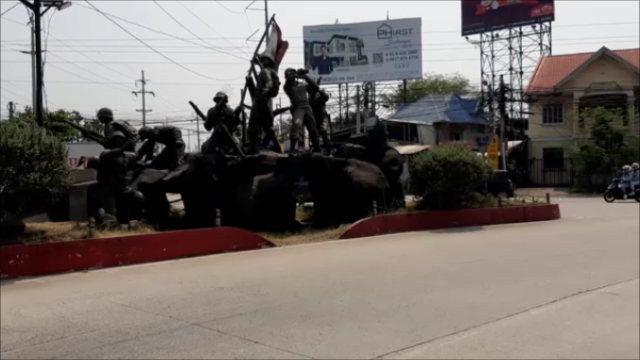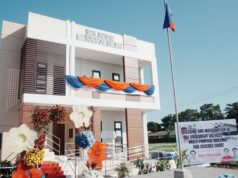BALANGA City: Bataan is rich in historical markers and monuments that continue to serve as reminder of the valor of Filipino soldiers during World War II, heroism accorded more prominence every April 9 celebration of Araw ng Kagitingan.
This year, the 81st Day of Valor falls on Easter Sunday so it was moved to April 10 where in a program in the War Memorial Shrine at Mount Samat in Pilar, Bataan, President Ferdinand “Bong-Bong” Marcos addresses the veterans and the nation.
Some markers and monuments lined the MacArthur Highway where even two giant trees, sampalok (tamarind) and acacia, both more than century-old, that served as mute witness to the horrible Death March were preserved.
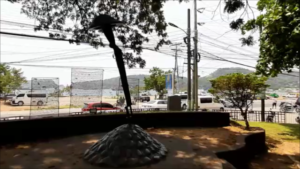
A few meters to the right side of the road after entering Barangay Balsic in Hermosa, Bataan from the Pampanga – Bataan boundary stood the Bataan and Democracy marker.
The marker has a portion of the radio broadcast on January 5, 1945 of then American President Franklin Delano Roosevelt that read, “The little mountainous peninsula of Bataan saved democracy and the whole world from the evil hands of the devil.”
Some meters away to the left is Death March Kilometer (KM) 72 marker that shows that captive Filipino – American soldiers have already hiked 72 kilometers from Mariveles, one of two Death March starting points.
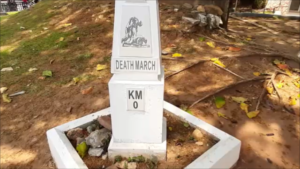
Death March markers lined every kilometer of the MacArthur Highway from Bataan to San Fernando, Pampanga and from Capas to Camp O’Donnell in Tarlac.
The First Line of Defense monument at the Layac junction in Dinalupihan follows. This memorial shows the bravery of Filipino and American soldiers against the Japanese invasion.
Adjacent to the town plaza of Abucay opposite the old municipal building is a very old acacia tree that is being cared for and protected.
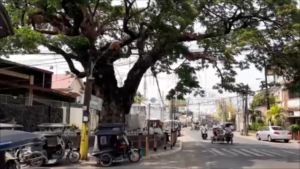

A few meters away, also in Abucay, is the WWII historical marker of a Filipino soldier with the oldest Catholic church in Bataan, the Sto. Domingo Church, at the background.
Another tree, a sampalok, stands protected in Barangay Sta. Rosa in Pilar. The Flaming Sword monument comes in next in front of the Pilar municipal hall. The memorial shows the burning desire of Bataenos and other Filipinos to fight for democracy.
A Death March KM marker near the monument indicates that captive Filipino and American soldiers have hiked 42 kilometers from Mariveles.
Death March KM 6 marker stands at the mouth of the Zigzag Road in Mariveles, meaning that the captives, mostly sickly, hungry and weak, have walked six kilometers and traversed on foot the steep five-kilometer road.
Situated near the Mariveles municipal hall and branch of a known fast food chain is Death March KM 0 marker or the “Pinagsimulan ng Death March” marker.
It indicates that “70,000 Filipino and American soldiers started the march from Mariveles on April 10, 1942 and Bagac on April 11, 1942, then rode a train from San Fernando, Pampanga to Capas, Tarlac and hiked again for six kilometers from Camp O’Donnell arriving on April 15, 1942.”
After almost three months of intense fighting, Bataan fell on April 9, 1942.
In Bagac can be seen the Death March KM 0 marker and the Friendship Tower built by the Japanese to show that despite the horrible war, friendship between former enemies can still be possible.
At the peak of Mount Samat are the War Memorial Shrine and the 92-meter high War Memorial Cross where annual celebrations of Araw ng Kagitingan are held.


